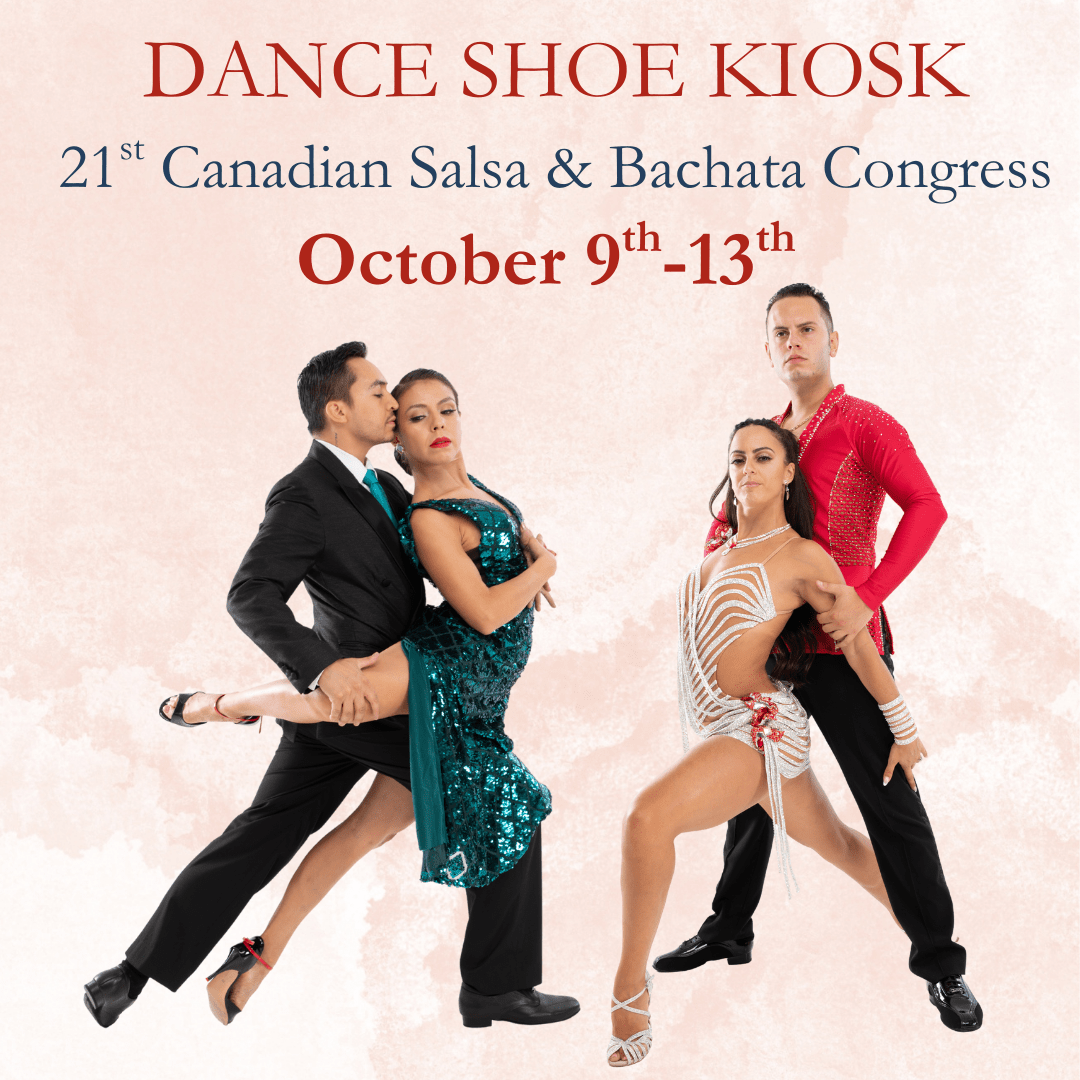Our first installment takes us to Ukraine. As someone of Ukrainian descent, I am definitely biased, and that’s why we’re starting here. If there are any cultures you are specifically interested in, let me know in the comments!
When I think of Ukrainian culture, dance is the first thing that comes to my mind -- that and Easter eggs and Paska, but primarily dance. I have old photos of my mother in her Ukrainian dancing costume, and memories of listening to Ukrainian folk music records on the old record player at my Baba’s. I still have my mother’s costume, and I’ve worn it several times for Halloween. The colours, the embroidery, the energy of the music speak to a part deep inside me. I may be a third generation Canadian (and a third generation Montrealer), but I am also Ukrainian.
Folk dance (Ukrainian Dance, as it is commonly referred to now) has been an integral part of Ukrainian culture since at least the third millennium BC. Back then, dance was a ritual to communicate with nature and the divine, and modified to fit Christian rituals and traditions when Christianity came to the Ukraine. The oldest Slavic word for dance is plias. The modern tanets is actually borrowed from Western European languages (Pasternak).
The ancient dances were primarily agricultural dance games, and danced in a circle formation. The circle represented the cult of sun, the sun being the primary giver of life, hence its importance in the ancient dance patterns. There were traditional dances to celebrate Spring, Summer, the harvest, courtship, and marriages. Women’s roles in the dance were traditionally restrained, graceful, and elegant. Men’s roles involved lots of jumping, squats, and kicks in order to demonstrate their contemporary vision of masculinity.
Present Day
Ukrainian folk dance evolved into its current form thanks in large part to Vasyl Verkhovynets (b.1880, his original surname was Kostiv) (Wikipedia). A member of Mykola Sadovsky’s theatrical troupe, he obtained professional training in the arts and set out to record traditional Ukrainian folk dances. He was the first to set down in writing the steps and terminology, as well as a method of transcribing folk dances. His book, Theory of Ukrainian Folk Dance (first published in 1919), remains the basic text for teaching and learning Ukrainian dance to this day.
Hopak
Every region in Ukraine has its own subcultural, and so dance steps and costuming will vary from region to region. One of my favourite dances (and possibly one of the most well-known) is the Hopak.
The Hopak (also known as Cossack dancing), was birthed in 1660 in Russian and Ukrainian military communities. “When the Cossacks would return from battle, the men would celebrate through this improvised dance. Community musicians would gather their instruments, including violins, bagpipes, and flute-like fifes, and join the others in a celebratory performance” (Dance History Development).
As they danced, the men would re-enact their victories, using swords and other weapons, then begin improvising with squats and kicks and other acrobatics to display their manliness and heroism. Thus, some of the steps in the contemporary Hopak were inspired by maneuvers that could be done on the back of a horse, in battle. These acrobatics are what led to the dance being called “Hopak”, as the name is derived from the Ukrainian verb “hopaty”, which means “to jump”.
While at first this dance was only for men, as time went on it grew acceptable for women to take part as well, and the mixed-gender version of the dance is what remains with us today. There is no set tempo for the dance, though the music is usually 2/4, and while it might start at a seemingly leisurely pace, it gets faster and faster and always ends with a bang. The wide pants and belts and boots worn by the men is an idealized version of the Cossack clothing.
To me, the Hopak is a bright, energetic celebration of what it is to be Ukrainian.
I hope you’ve enjoyed this brief look at Ukrainian dance! You will find my sources at the bottom, and I highly recommend checking them out. What I’ve given here is a short and sweet glimpse, but Ukrainian dance is so rich and full of so much more detail than I could possibly capture here.
Хоп!
Hop!
References & further reading:
Dance History Development. “Hopak: The National Dance of Ukraine.” History and Development of Dance/Brockport. https://dancehistorydevelopment.wordpress.com
Karpus, Rebecca. “Then, and Now: Ukrainian Dance in Canada Celebrates 130 Years.” Dance International. January 14, 2021 in Features 2020-2021. https://danceinternational.org/then-and-now-ukrainian-dance-in-canada-celebrates-130-years/
Pasternak, Mariia. “Folk dance.” Encyclopedia of Ukraine. Vol. 1. 1984. Encyclopediaofukraine.com
Ukraine.com. “History and Tradition of Ukrainian Dance.” https://www.ukraine.com/blog/history-and-tradition-of-ukrainian-dance
Wikipedia. “Ukrainian Dances.” https://en.wikipedia.org/wiki/Ukrainian_dance




